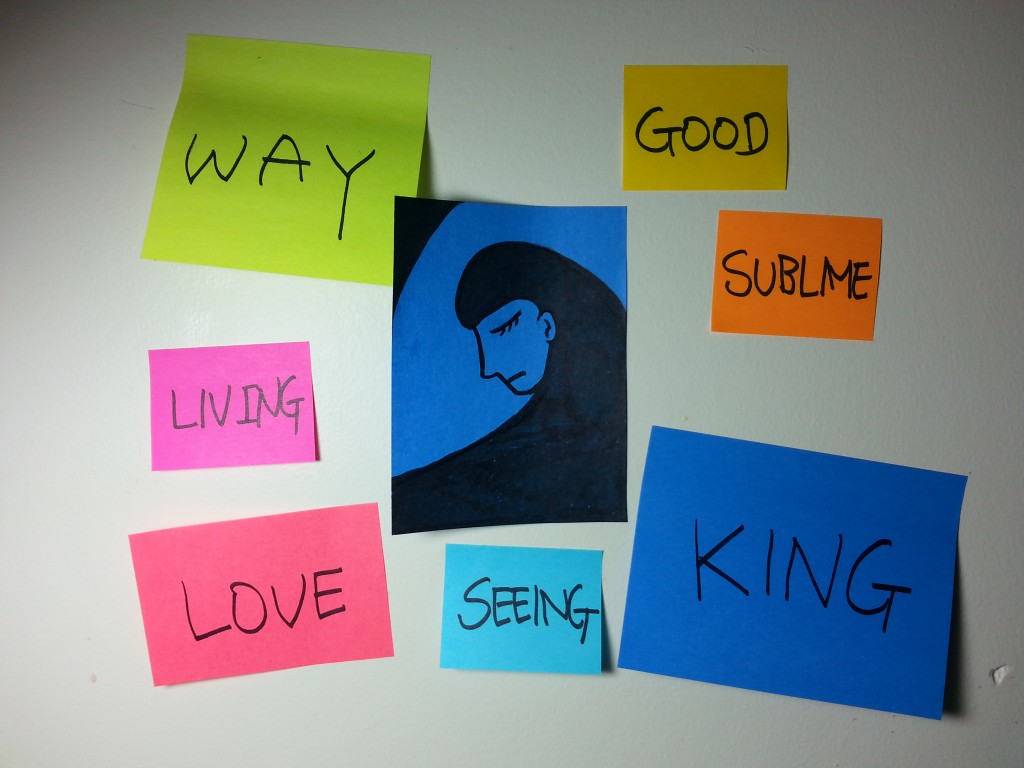Post-secular Persepolis
Post-secular Persepolis
It was inspired by a comics Persepolis. In the novel, Marji experiences sociopolitical upheavals in Iran especially during the war between Iran and Iraq. As grown up in a family of modern, avant-garde way of thinking, she finds herself being troubled by the situation around her in the country while developing her identity. Also, when the Islamic revolution took place the policy of veil for females troubles her. It symbolizes the oppressed self as well as the dark portrayal of the imposed values of distorted religious fundamentalism. Throughout the narrative, the Islamic religion is not described as a pure faith tradition in people’s heart but rather a kind of sociopolitical framework that is often wrongly presented by controlling powers according to their ideologies. Religious devotion is not the central theme of the novel as it is more focused on one’s life in the midst of modern struggles in a society that is full of political maladies.
I happened to imagine what would be a post-secular Persepolis. Especially, if the characters are more accustomed to post-secular way of thinking, would they try to understand the God as He is described in the sacred text? Of course they won’t be searching for God in a traditional way and perceive Him having only the typical characteristics of love, all-powerful, good, and etc. Certainly, post-secular spirituality is different from traditional one. But while in the modern context, God couldn’t be anything close to a powerful being who could do something to bring about justice and equality in the troubled society, post-secular Persepolis might rethink about God’s presence while they face the reality. I included 7 characteristics of God from the 100 names of God in Islam.
